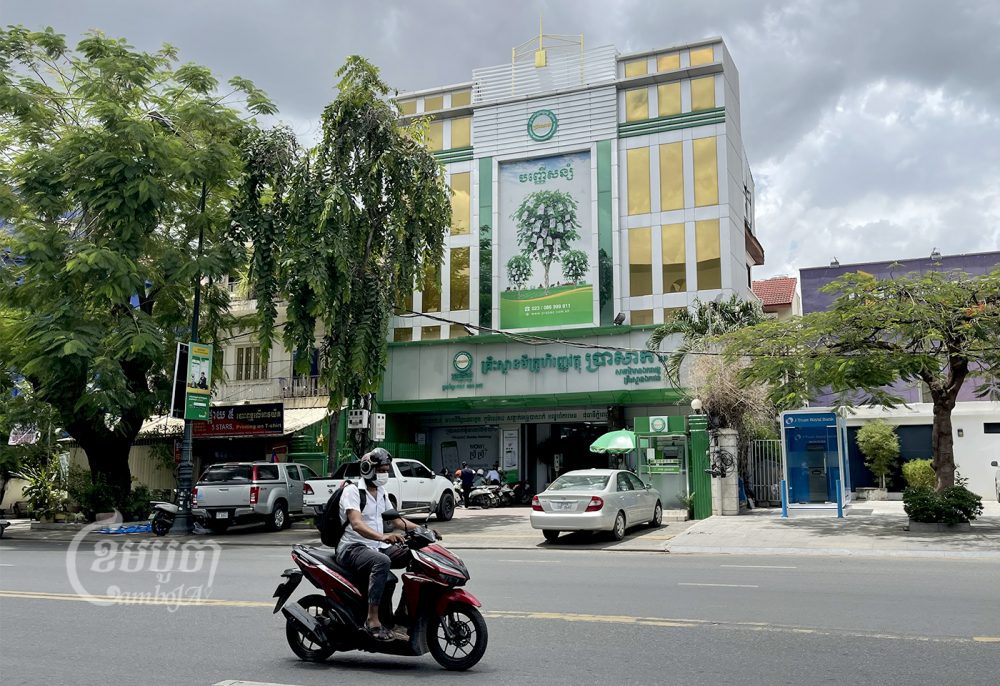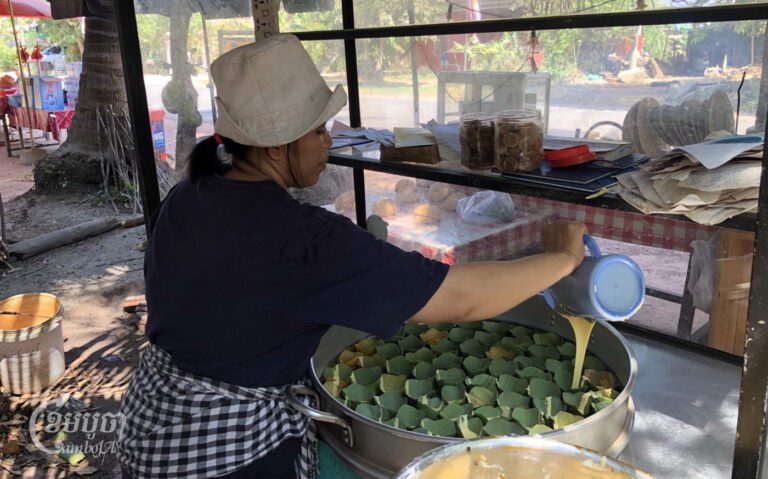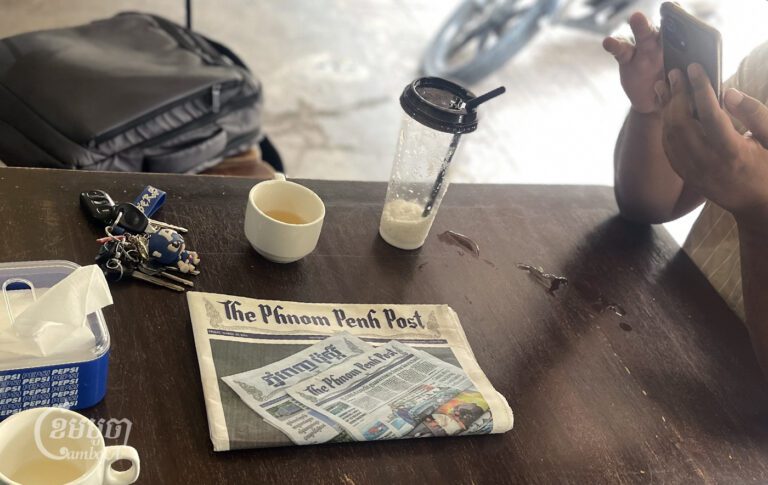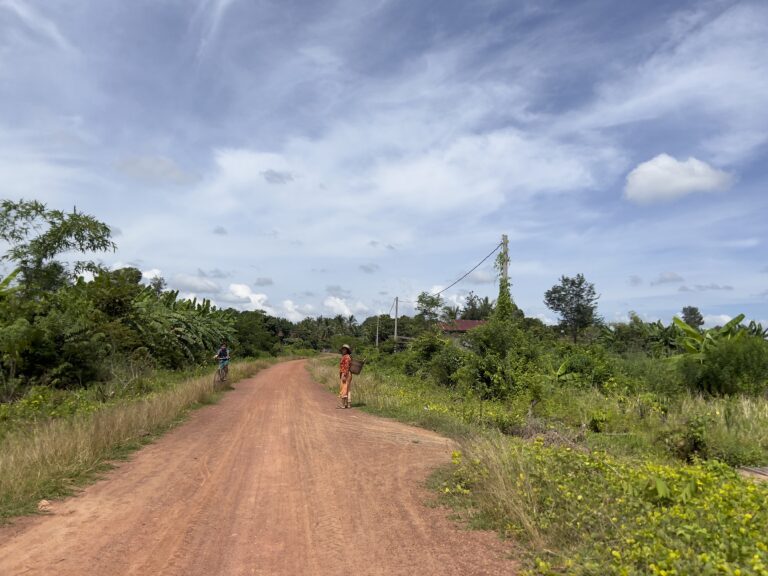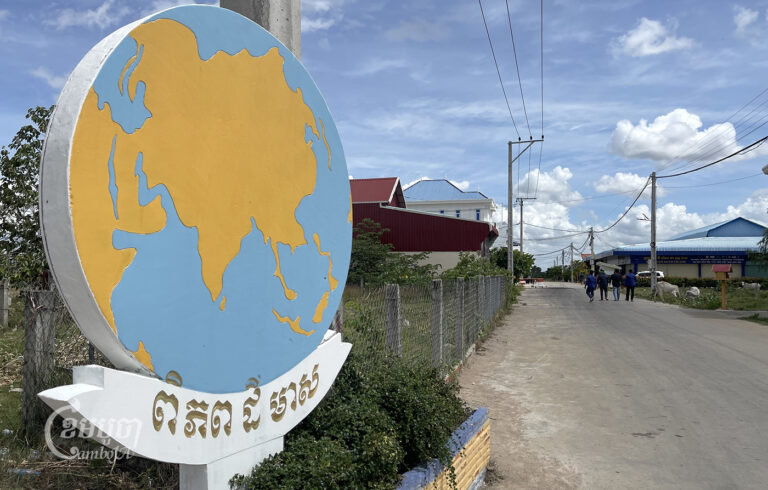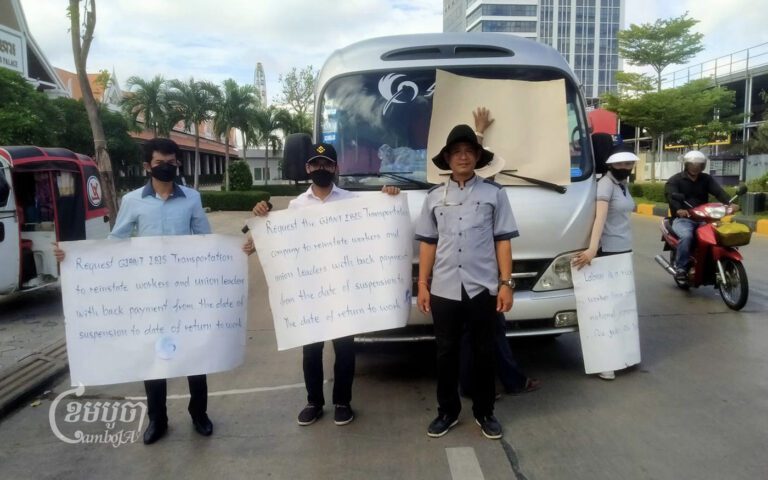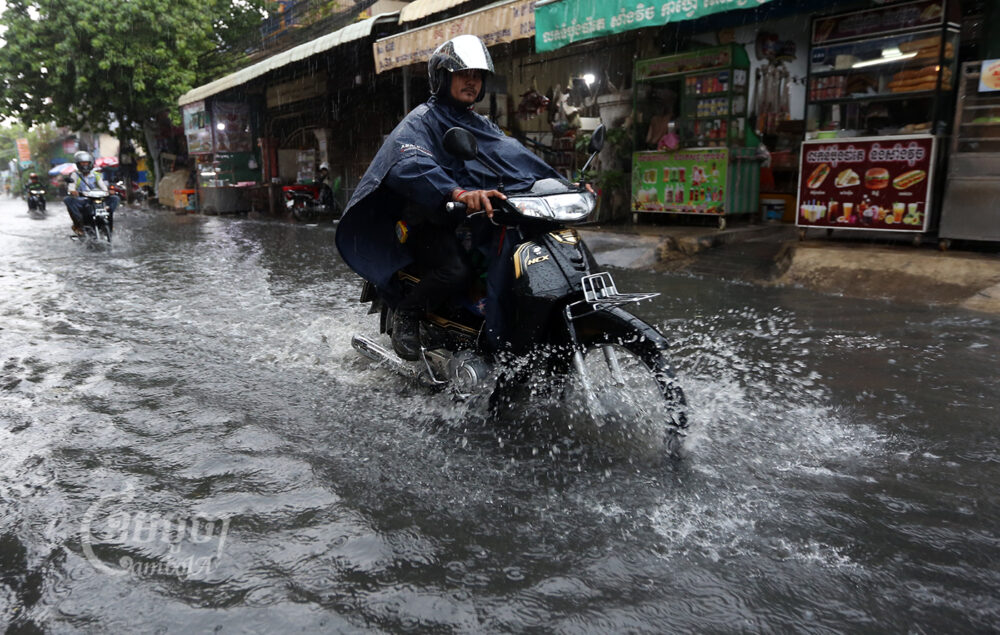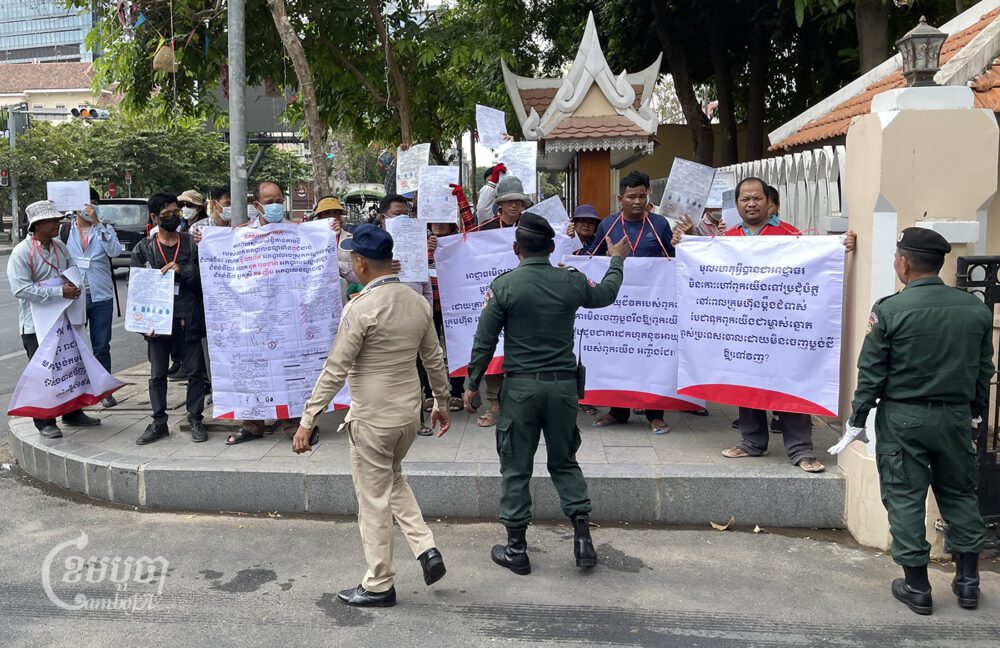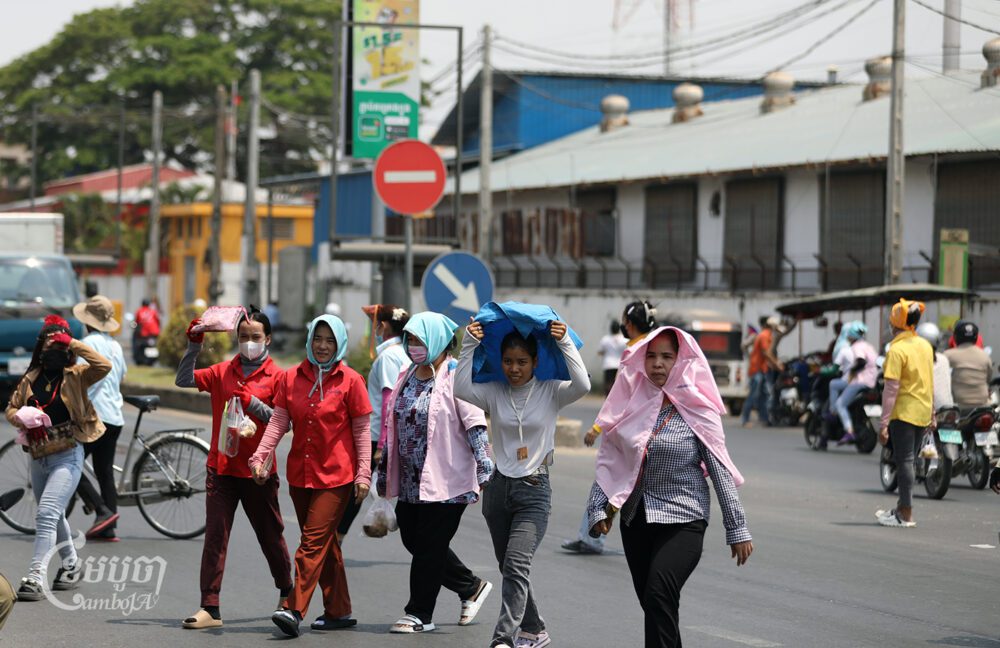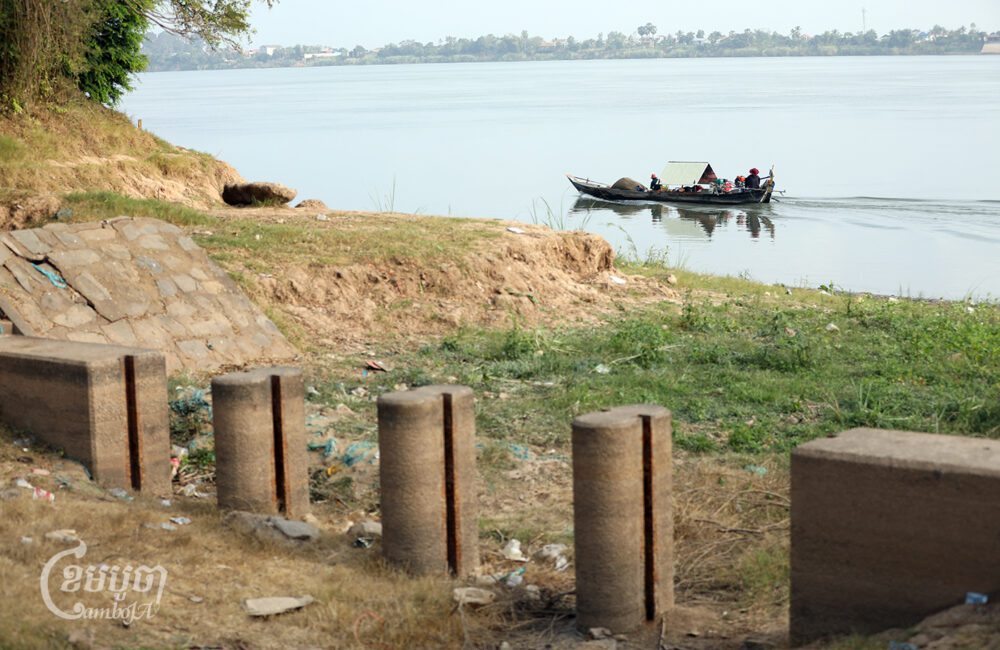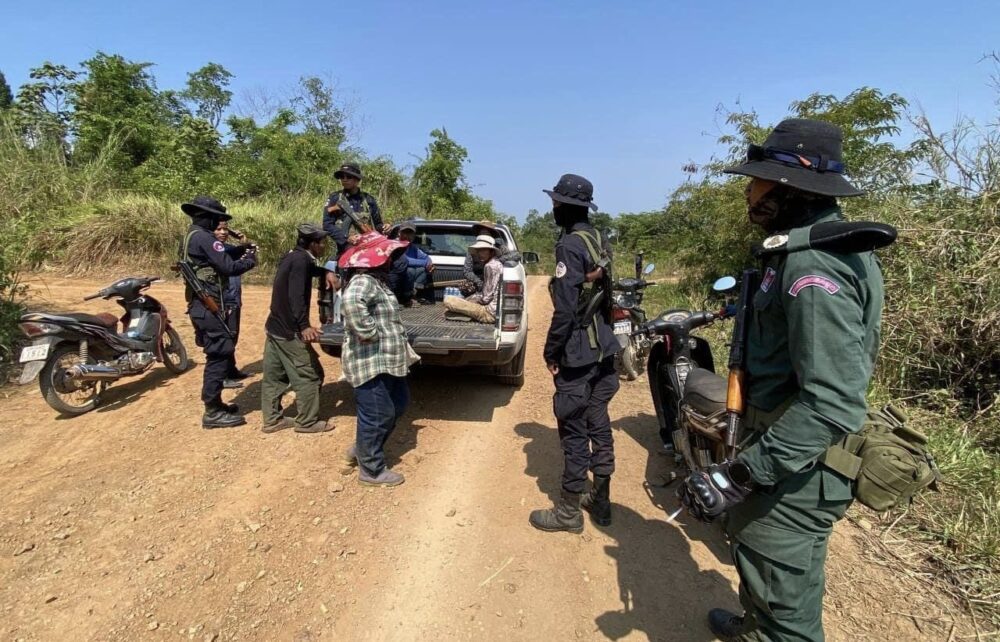Cambodia’s financial sector continued to see strong growth in the first quarter of 2022, with the country’s total credit reaching more than $50 billion, according to the National Bank of Cambodia (NBC).
The country’s banking and financial institutions provided more than $50.7 billion in loans to the private sector as of the first quarter, an increase of 22.4 percent compared to the same period last year.
NBC said the increase in loans was due to continued investment and economic activities despite the pandemic.
Broken down by sector, construction accounted for $23.7 billion, followed by $12.6 billion for the wholesale and retail sectors. The agriculture sector accounted for $4.8 billion, the report showed, and the service industry for $5 billion. Manufacturing accounted for $1.7 billion while the remainder was made up of other sectors.
Last month, the World Bank released an economic update for Cambodia showing growth is projected to reach 4.5 percent in 2022. According to the report, domestic credit grew at 22.4 percent year on year in March 2022, up from 21.1 percent during the same period last year.
While the growth rate of 22.4 percent remained below the five-year average credit growth rate of 31 percent recorded before the pandemic period, it followed a more sustainable path as construction and real estate activity remained sluggish.
During the same period the credit-to-GDP ratio also increased further, to 174 percent in March 2022, up from 142.2 percent during the same period last year, according to the report.
Kaing Tongngy, a spokesperson for the Cambodia Microfinance Association (CMA), said the increase in credit to the private sector showed significant progress and the cash will help the economy recover from the COVID-19 pandemic.
He said there were several reasons for the credit growth, including the government’s effective economic recovery policies and the number of fast-growing small and medium enterprises in Cambodia.
“For the MFIs (microfinance institutions), credit growth means more cash reaches our clients who want to grow their businesses, both in urban and rural areas,” he said.

According to Tongngy, as the microfinance sector representative CMA carefully monitors loan disbursement to ensure loan quality.
“This will translate into sector sustainability when both MFIs and customers benefit from loan growth,” he said.
According to CMA’ s report, the total loan portfolio released by MFIs reached $ 8.35 billion at the end of the first half of 2022, with 1,955,692 clients. MFIs received total deposits of $4.4 billion from 2,659,908 depositors.
Household loans accounted for 31 percent of the loans provided by MFIs, followed by 21 percent for trade and commerce, 19 percent for agriculture, and 16 percent for services.
But some critics have pointed to problems with the microfinance system.
Last year, a report by local rights groups found Cambodians hold more than $11.8 billion in microloans from both MFIs and banks. The majority of these loans are collateralized with borrowers’ land titles, posing a risk to borrowers’ land tenure security.
At the start of the COVID-19 outbreak in 2020, the National Bank of Cambodia issued a directive to all banks and financial institutions to restructure loans in order to maintain financial stability, support economic activity and ease the burden on debtors facing major revenue declines who may find it difficult to repay loans.
One person who struggled during the pandemic was Suy Sokna, a 33-year-old from Kampong Speu province. She borrowed $27,000 from Prasac Microfinance in early 2020 to buy a truck to transport pigs for her business but, with the outbreak of COVID-19 in 2020, she was unable to make repayment. In order to pay she decided to sell her home.
“I failed to pay them for 27 days, so they came to my house. They had imposed restrictions, and I was too scared. They told me if I didn’t pay, I would be brought to the court. I was afraid, so I sold my home to pay them,” she told CamboJA.
Sokna, who has four children, sold her house for $30,200 to pay the $24,600 debt. Her family currently lives with her sister-in-law.
Prasac’s Chief Marketing Officer, Pen Sovannsoksitha, did not respond to requests for comment.


